Linoleum flooring is making a comeback, and for good reason. It’s budget-friendly, eco-friendly, and surprisingly durable. But how do you keep it looking clean and fresh? That takes the right approach.
Learning how to clean linoleum floors the right way can protect their finish, extend their lifespan, and help them shine like they were just installed. In this guide, we’ll walk you through the tools, tricks, and routines that make it easy to keep your floors spotless, even if you’re dealing with stubborn stains or ground-in dirt.
What Is Linoleum Flooring?
Linoleum is a natural floor covering made from renewable materials like linseed oil, cork dust, and wood flour. Unlike vinyl, which is synthetic, linoleum is biodegradable and hypoallergenic. It comes in a range of styles, from muted neutrals to bold patterns, and is commonly found in kitchens, bathrooms, and hallways.
There are two common types:
- Sheet linoleum: Seamless and moisture-resistant
- Tile linoleum: Easier to install and replace

Because of its porous, organic makeup, linoleum needs gentle care. Using the wrong cleaner or too much water can warp or damage the surface over time. That’s why choosing the right method and the right tools matters.
What to Clean Linoleum Floors With
Before diving into cleaning methods, let’s talk tools. Different cleaning tasks call for different tools. Here's a quick breakdown:
|
Cleaning Task |
Best Tools |
Dreame Recommendation |
|---|---|---|
|
Daily dust/hair removal |
Soft broom, microfiber mop, robot vacuum |
Dreame L10s Ultra: Hands-free robot vacuum and mop combo with precision mapping and automatic dirt disposal. Perfect for daily maintenance. |
|
Weekly mopping |
Damp microfiber mop, gentle floor cleaner |
Dreame H14 Pro: Lightweight wet and dry vacuum that scrubs, vacuums, and dries in one go, without leaving streaks. |
|
Deep cleaning |
Soft-bristle scrub brush, mild pH-neutral floor cleaner, baking soda for spot treatment |
Dreame H14 Pro: Its powerful suction and intelligent water control make it ideal for tackling built-up grime or greasy residue. |
How to Deep Clean Linoleum Floors
Over time, linoleum can trap ground-in dirt, develop yellow stains, or collect greasy buildup. Here’s how to deep clean linoleum floors effectively:
Step 1: Clear the Area
Remove rugs and furniture so you have a clean workspace.
Step 2: Vacuum or Sweep Thoroughly
Start by clearing away loose dirt, dust, and crumbs. If you're short on time, set your robot vacuum, like the Dreame L20 Ultra, to do the work while you focus on other tasks. If you need a quick and efficient cleanup, consider a wet and dry vacuum or a cordless stick model. These options offer precise spot cleaning and strong suction where it matters most.

Step 3: Apply a Cleaning Solution
Mix warm water with a bit of mild dish soap. Avoid vinegar, especially on older linoleum. Mop the floor lightly, avoiding puddles. The surface should stay just damp and not wet.
Step 4: Scrub Problem Spots
For yellowing or grease buildup, apply a baking soda paste and scrub gently with a soft brush. Or use a wet and dry vacuum cleaner with strong suction and a rotating brush to lift stubborn grime.
Step 5: Rinse and Dry
Use a dry microfiber cloth or a wet and dry vacuum to prevent water damage. Make sure no dirty water is left behind.

Regular Cleaning Routine (Easy Way to Clean Linoleum Floors)
The best way to keep linoleum looking fresh? Follow this simple routine:
Daily:
- Sweep or use a robot vacuum like the Dreame L10s Ultra to remove dust, crumbs, and pet hair. The vacuum’s built-in camera avoids cords, furniture, and rugs, so you don’t have to babysit it.
Weekly:
- Lightly mop with a gentle cleaner or use the H14 Pro, which automatically senses dirt and adjusts suction and water flow to match. It’s perfect for fast refreshes that don’t soak your floors.
Monthly:
- Deep clean with wet dry vacuum or supplement with the Dreame Z30 Cordless Stick Vacuum for edge-to-edge dust pickup before mopping. Its high suction power and precision cleaning attachments are ideal for getting into corners and around furniture.

How to Clean Stains and Sticky Linoleum Floors
Life happens—grease spills, scuff marks, sticky juice spots, and even mold can show up. Here’s how to handle them:
Grease
Sprinkle baking soda over the greasy area, then mop with warm soapy water. Or let the H14 Pro take care of it. Its edge-cleaning design gets right up against cabinets and baseboards, gently lifting grease with automatic suction adjustments.
Mold
Use a linoleum-safe antimicrobial cleaner or a diluted 3% hydrogen peroxide solution to treat mold stains. Spray, let sit for 10 minutes, then gently scrub and wipe clean.
Follow up with the H12 Dual in Auto Mode. Its robust brush head and suction power pick up spores and rinse residue clean.
Scuff Marks
Gently rub marks with a melamine sponge. For embedded dust, grab the Dreame Z30 Cordless Stick Vacuum. Its powerful suction and smart adaptive mode make quick work of dirt in corners or around furniture legs.
Sticky Spots
Spray with a linoleum-safe floor cleaner and let soak for 5–10 minutes. Then use the a wet and dry vacuum to scrub and vacuum simultaneously. If you use Dreame models like H14 Pro, their intelligent mess detection adjusts power precisely, and the dual water tanks keep dirty and clean water separate.
For more information on tackling difficult areas, check out the article on “Tricky Spots for Vacuuming.”
What Is the Best Way to Clean Linoleum Floors?
The best way to clean linoleum floors combines the right tools and techniques. Here’s a quick summary of what works best:
-
Use a robot vacuum daily to reduce dust buildup (L10s Ultra or L20 Ultra).
-
Mop lightly with a gentle cleaner.
-
Tackle stains with non-abrasive tools.
-
Avoid bleach, harsh scrubbers, or soaking the floor.

Maintenance Tips for Longevity
- Place doormats at entrances to reduce dirt.
- Use furniture pads to avoid scratching the surface.
- Clean spills immediately to prevent staining.
- Avoid direct sunlight to prevent fading (use curtains or blinds).
- Reseal older linoleum every 1–2 years for extra protection.
What to Avoid When Cleaning Linoleum Floors
- 🚫 Harsh chemicals like bleach or ammonia because they strip the finish.
- 🚫 Too much water, especially on old or unsealed linoleum; it seeps into seams and warps floors.
- 🚫 Steam mops: the heat can loosen adhesives over time.
- 🚫 Abrasive scrubbing tools (steel wool and stiff brushes) because they can scratch or strip the finish.
FAQs
Q: Can I use vinegar to clean linoleum?
A: Avoid it. Vinegar’s acidity can dull the finish over time.
Q: What’s the best mop for linoleum floors?
A: A microfiber mop, spray mop, or wet and dry vacuum is ideal. Learn more on “How Wet and Dry Vacuums Transform Multi-Surface Cleaning at Home.”
Q: How do I restore shine to old linoleum?
A: Buff with a floor polish designed for linoleum.
Q: Can robot vacuums handle linoleum transitions?
A: Yes! Even the beginner models like Dreame’s D9 Max Gen 2 climb 0.8in (20mm) thresholds with ease.
Q: What should I do if my linoleum starts curling?
A: Dry the area thoroughly (try the wet and dry vacuum in Dry Mode), press small curls flat with adhesive, and consult a pro for major warping.

Final Thoughts
Learning how to clean linoleum floors isn’t rocket science, but doing it right makes all the difference. With a little daily care and the right cleaning tools, your floors can stay spotless and stunning year-round.
Stick to gentle cleaners, avoid excess water, and consider smart tools like Dreame’s robot vacuums and mops for effortless maintenance. Your floors deserve it, and so do you!
Master the Art of Floor Care
How to Clean and Mop Tile Floors














































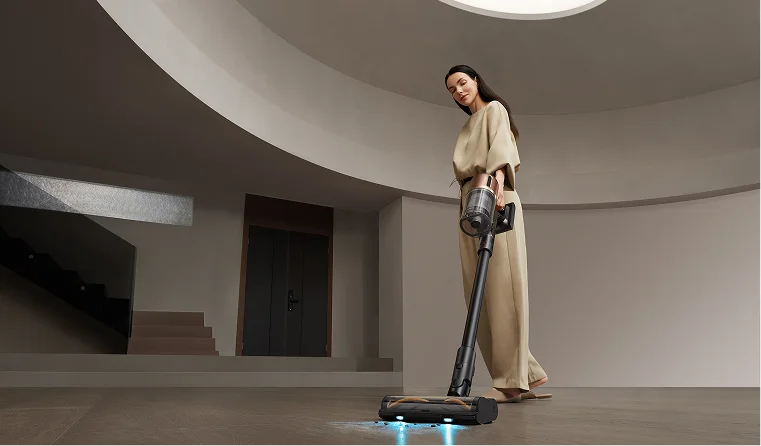
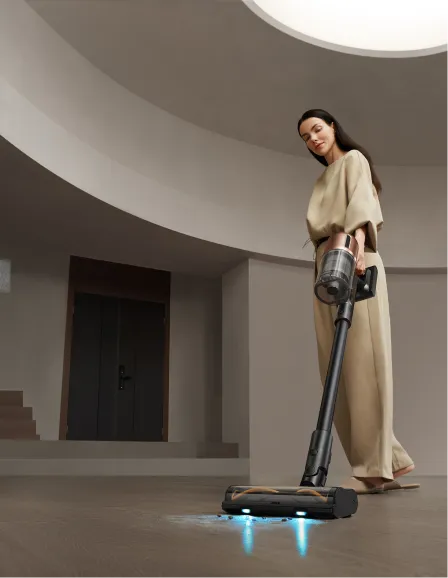
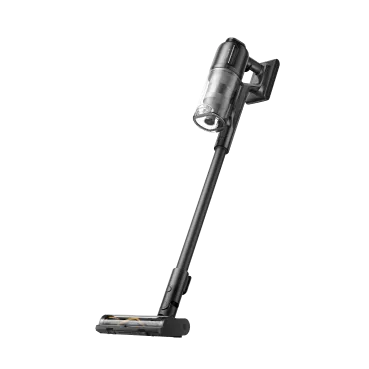
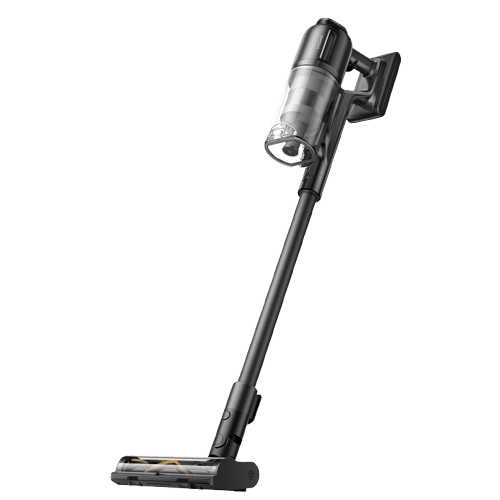
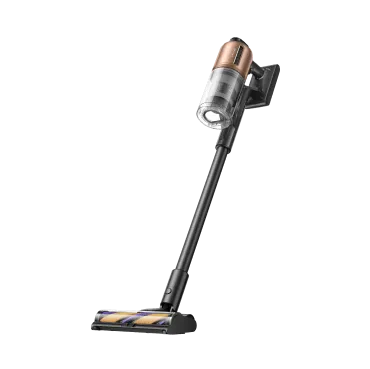
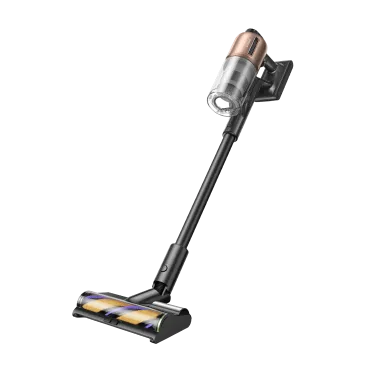
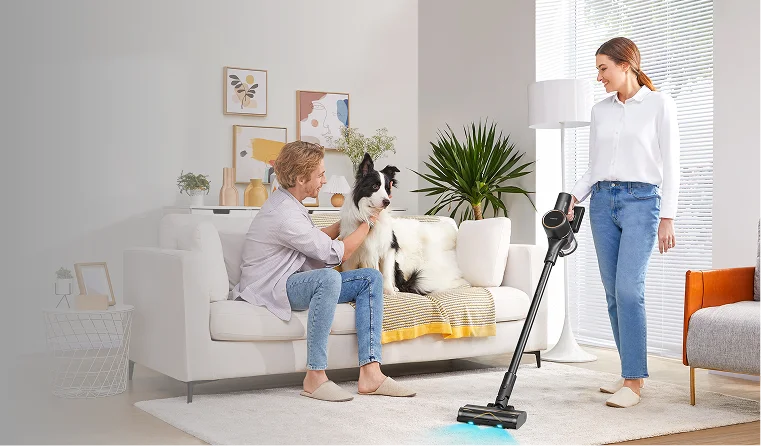
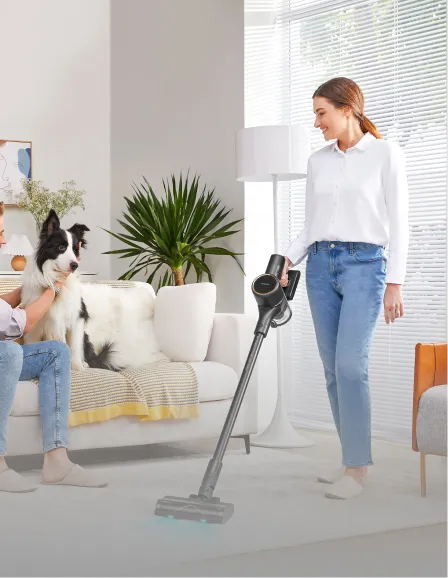
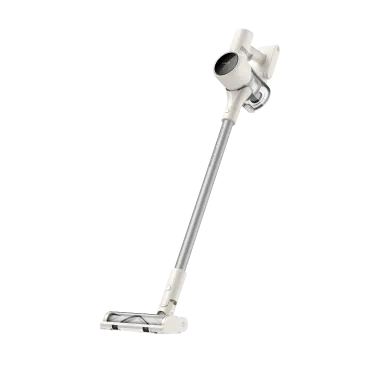
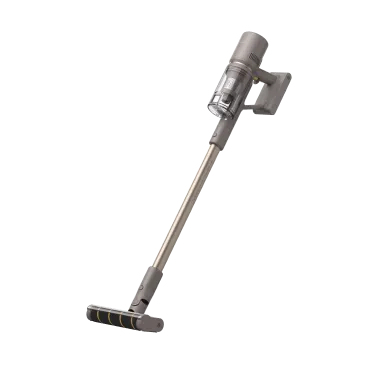
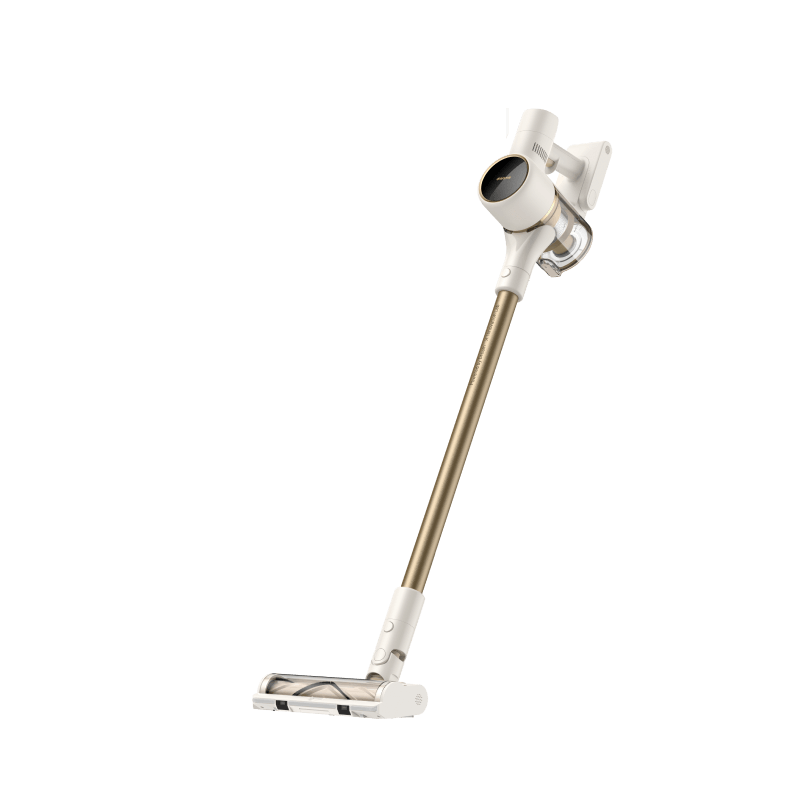
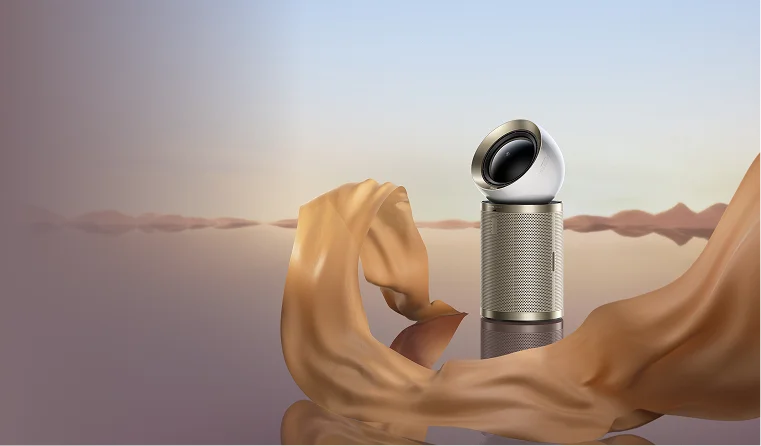
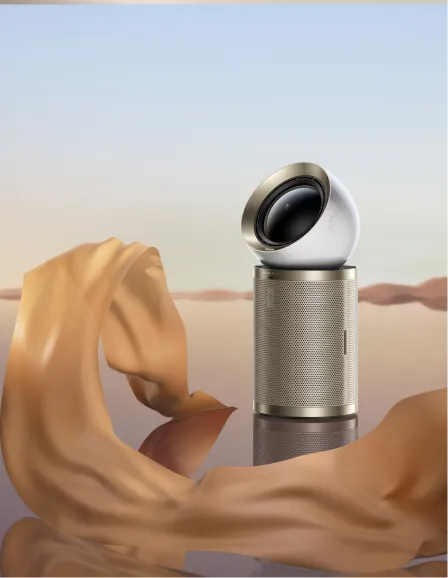

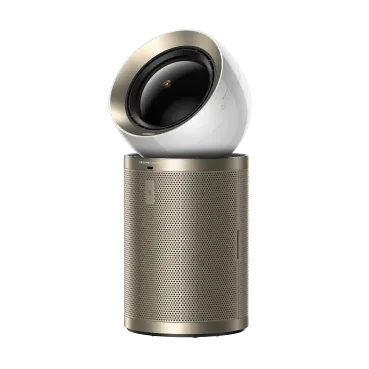

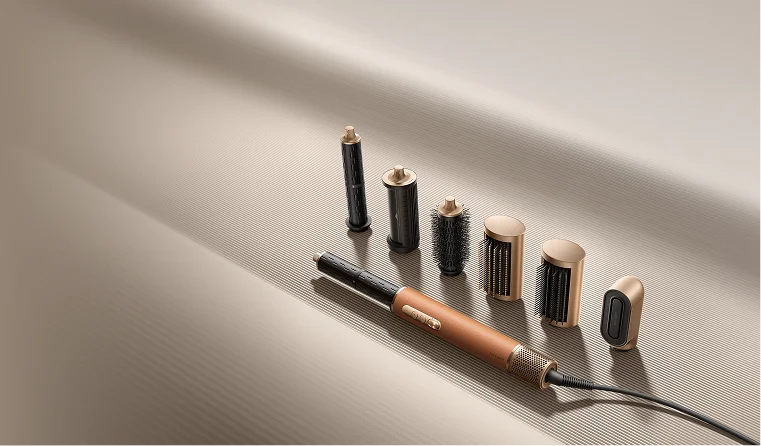
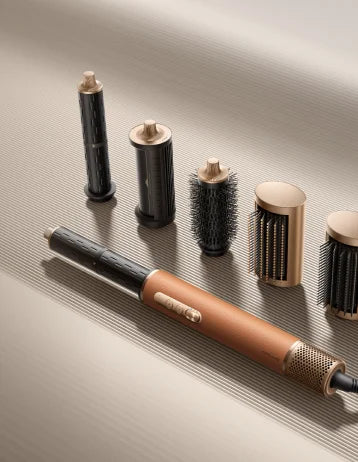
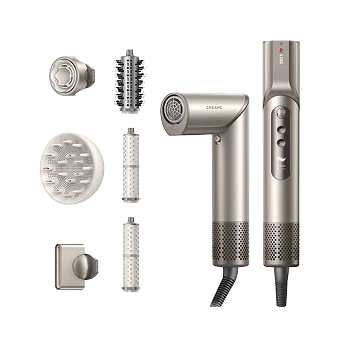


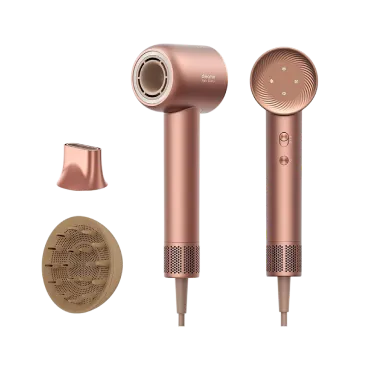
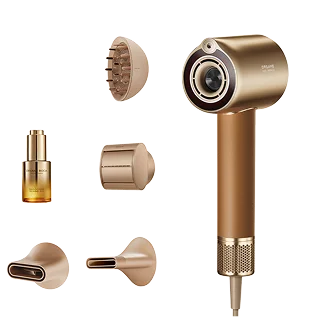
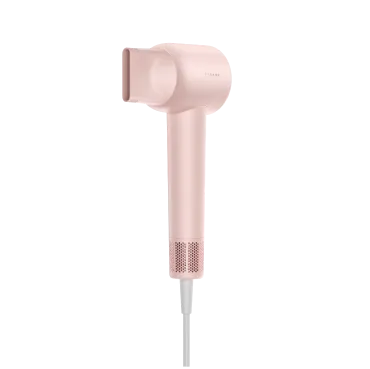


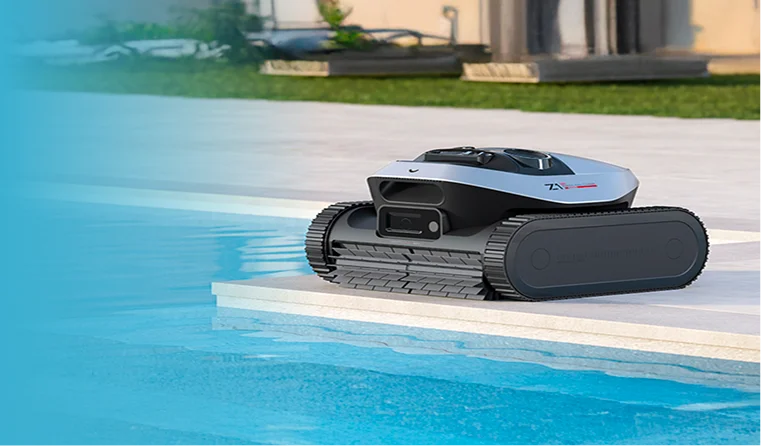
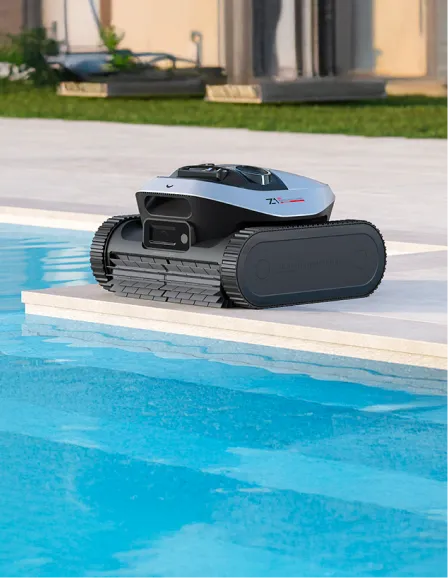
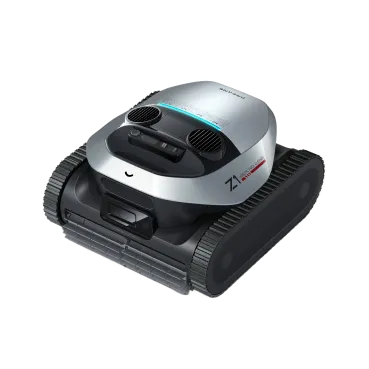
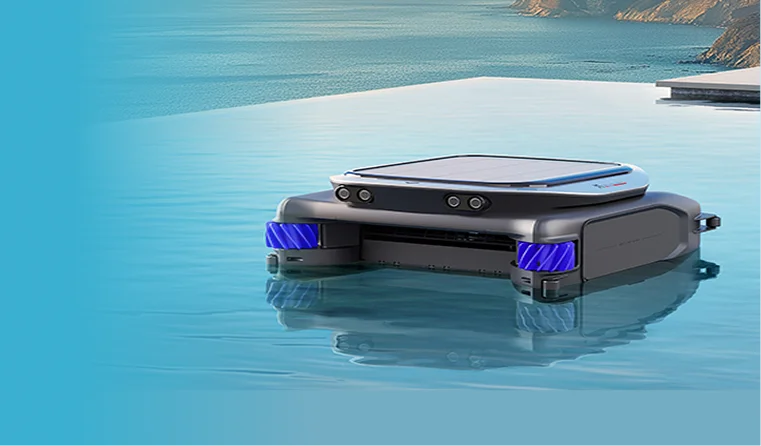
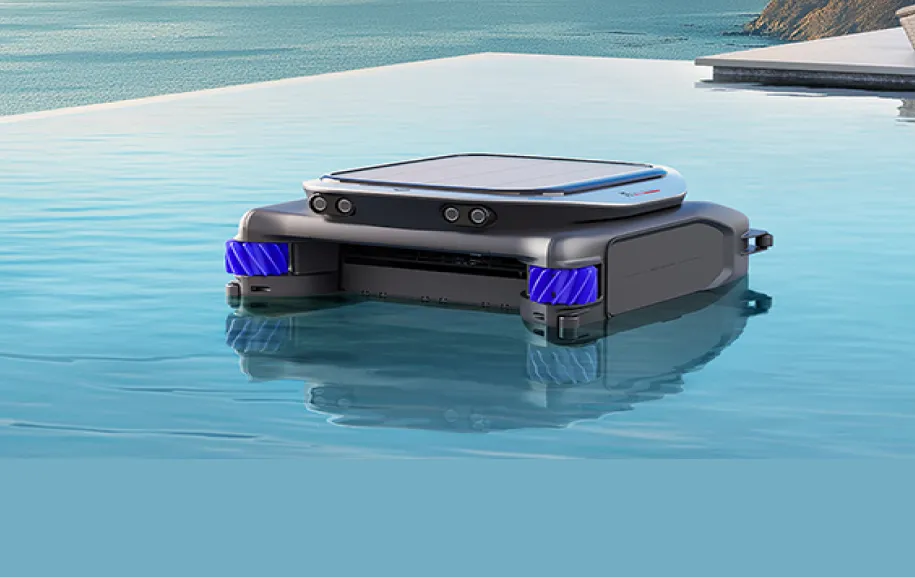










 Australia
Australia 中国大陆
中国大陆 日本
日本


 Türkiye
Türkiye


 Italia
Italia
 Netherlands
Netherlands Belgium
Belgium
 Greece
Greece Polska
Polska
 Norway
Norway
 Sweden
Sweden
 Finland
Finland
 Denmark
Denmark
 Hungary
Hungary Czechia
Czechia
 Slovenia
Slovenia
 Croatia
Croatia
 Switzerland
Switzerland United Kingdom
United Kingdom
 Canada
Canada



